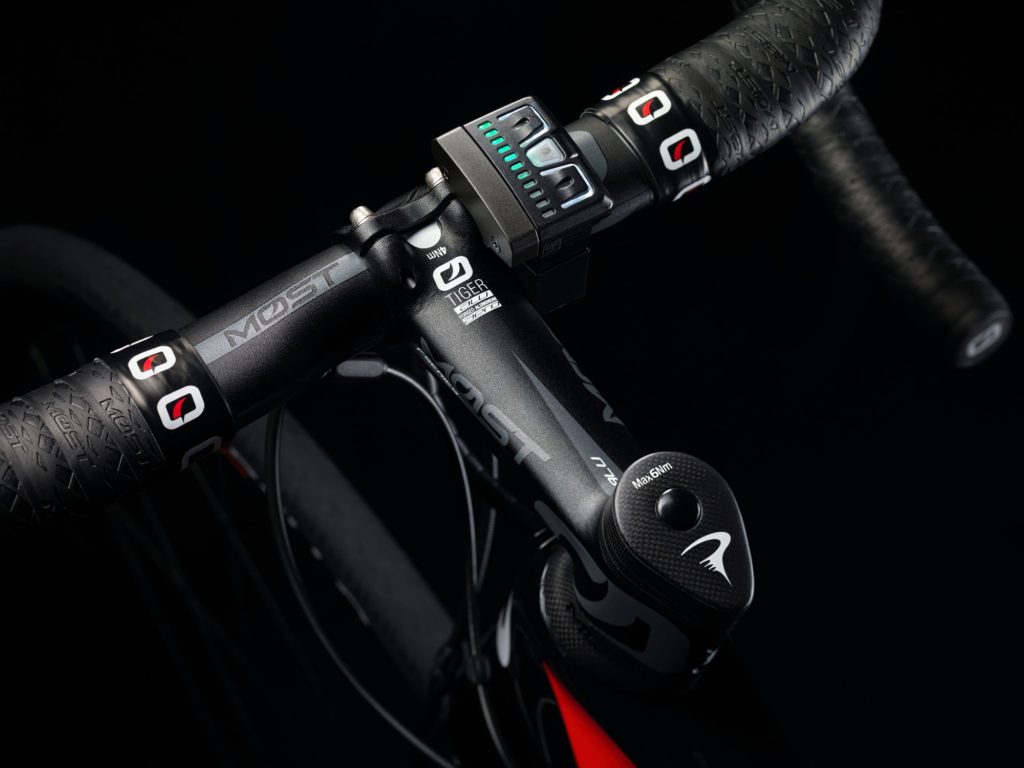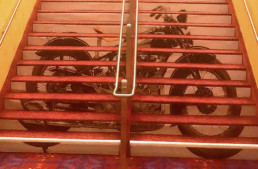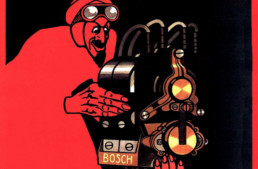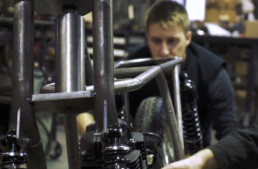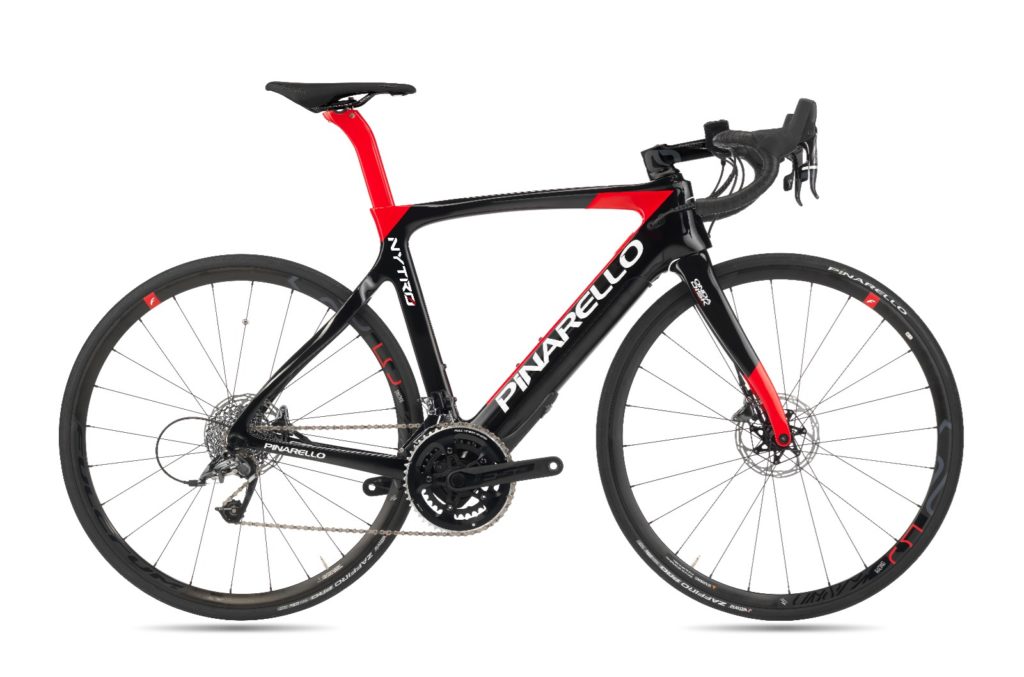
“We didn’t like the feel and look of the common drive systems,” the Biechele said. “They were too heavy and bulky for our taste. So we founded Fazua. We then worked very hard to create the Evation drive system—which provides this unique natural driving experience—while being lightweight and integratable at the same time. We started deliveries of the final Fazua Evation drive system in summer 2017.”
The Fazua Evation is a three-part compact drive system: bottom bracket, battery and drivepack. The 2.88-pound bottom bracket provides up to 44.28 foot pounds of torque, while the 250W, 36V replaceable 3.04-pound battery has a range of 31 miles, with a 100 percent charge time of three to four hours. The 4.41-pound drivepack provides pedelec support at 15 mph, and up to 400W of power. Combined, the Evation drive system weighs just 10.33 pounds.
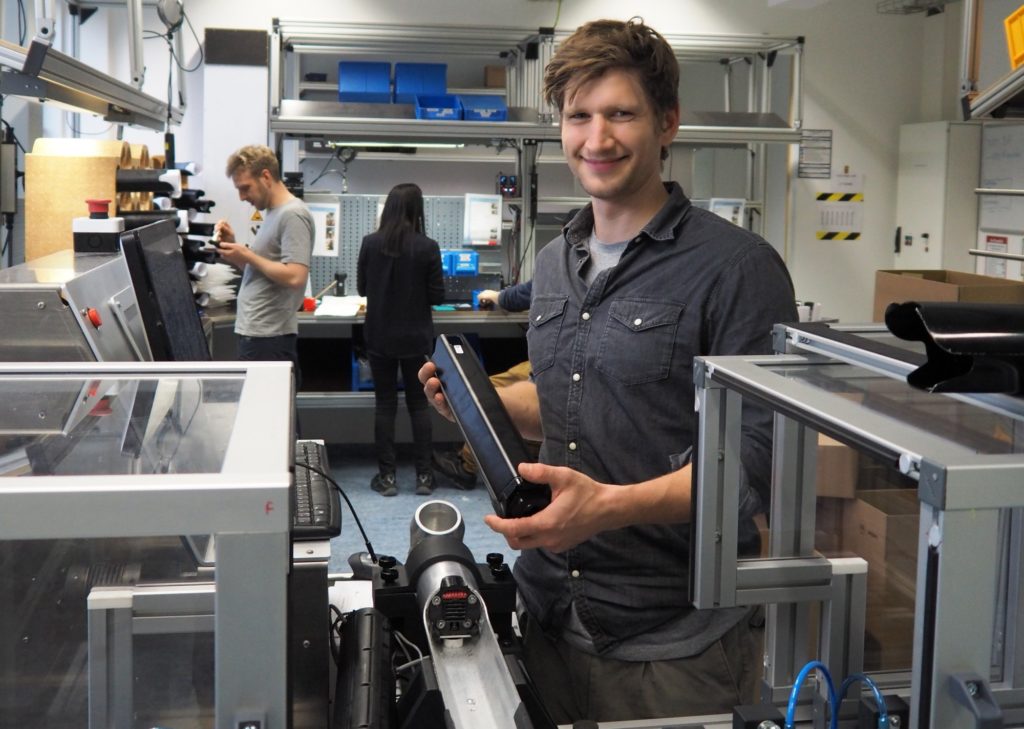
The most high profile bicycle brand to partner with Fazua is Pinarello, the Italian manufacturer which has won more Tours de France than any other maker. The Pinarello Nytro eBike was introduced in late November of 2017, and most onlookers are hard-pressed to understand that it’s not an electric bike, based on its normalcy compared to a stock carbon fiber Pinarello racing bike used by Team Sky.
According to Pinarello’s marketing director Florian Martin, its design lab developed the Nytro in just six months. Martin said Pinarello chose the Fazua Evation drive systems for several reasons.
“A Pinarello must be aerodynamic, beautiful and must provide an exceptional ride feeling,” he explained. “Aerodynamics and design integration are important; the Fazua system is well integrated, when you look at the bike from a few meters, you almost wouldn’t tell it’s an eBike. Also, ride quality; the pedal assistance is smooth and seamless, thanks to a specific software and Fazua algorithm.”
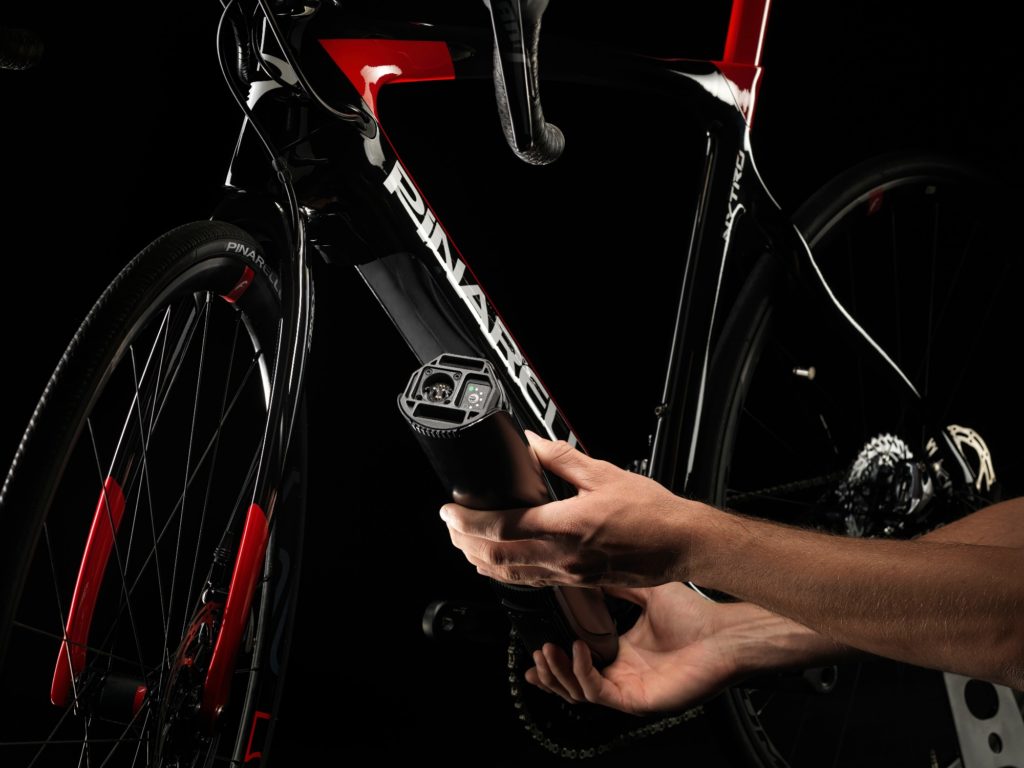
The Nytro weighs just 28 pounds, and is designed to work without the battery and drivepack, taking the weight down to a rather competitive 20 pounds. The €6,250 bike is currently just available in Europe, the UK and Switzerland. I asked Biechele when Fazua-equipped bikes will be available in the US.
“We’re working on selling in the United States,” he said. “But unfortunately, there are some bureaucratic obstacles we have to face first. By 2020 Fazua-equipped bicycles will be available in the US. For anyone interested in trying Fazua out, we will be at Interbike in Reno this year.”
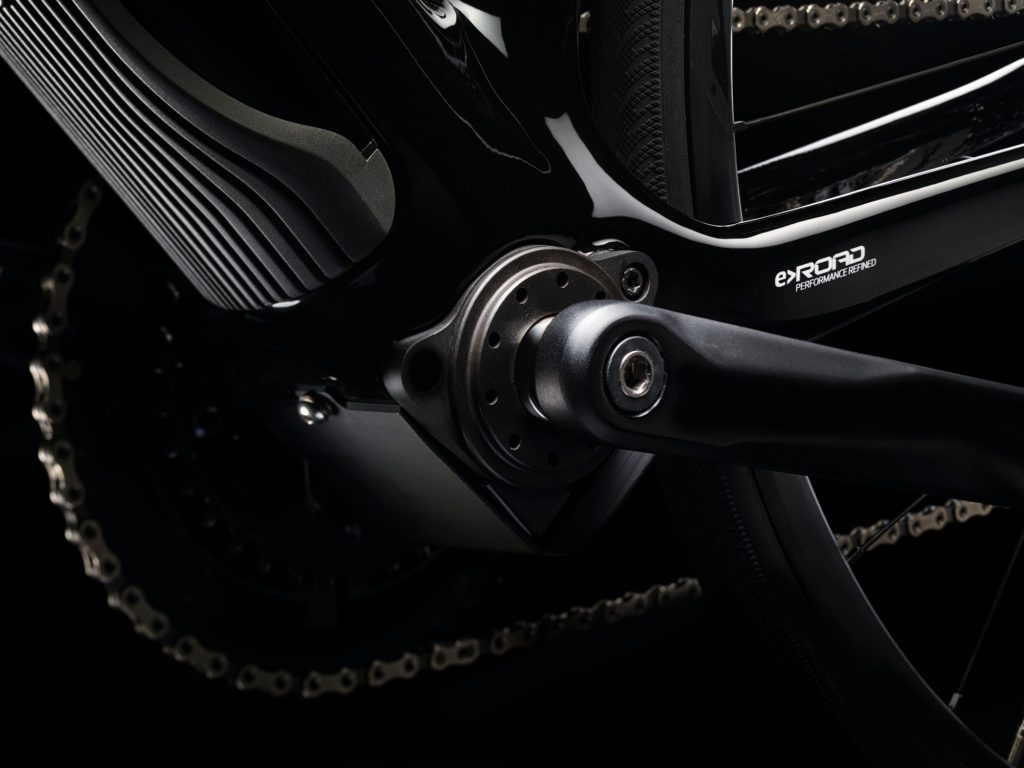
Biechele and his team now total 30, with plans to hire another 20 people by the end of 2018.
“As we are producing everything here in Munich, we’re mostly looking for support in the production area,” he added. “The other departments will grow this year, too. Our current partners are Cube, Focus, Fantic, Bianchi and Pinarello. In 2018 we will be represented in gravel, urban, road and cross-country bikes. Additional bikes and manufacturing partners will be launched in summer 2018. Some of them are big names and others are complete newcomers.”
